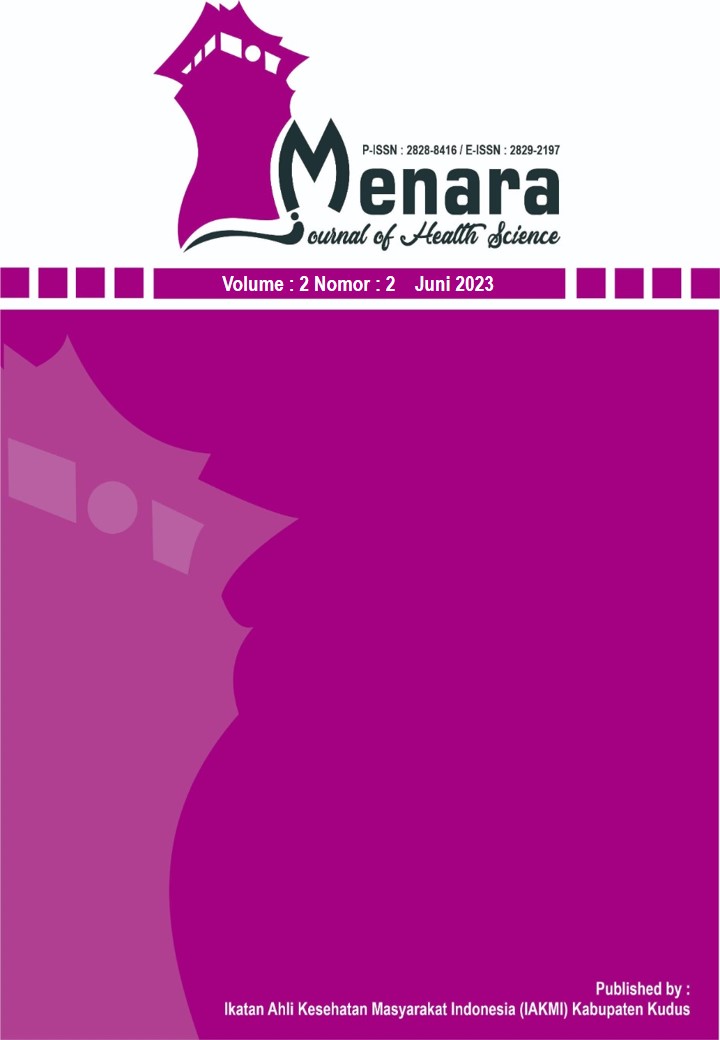Systematic Literature Review: Analysis Quality of the Pulmonary TB Program with the DOTS (Directly Observed Treatment Shortcourse) Strategy
Main Article Content
Abstract
Global Tuberculosis Report 2022 The World Health Organization (WHO) reports 1.2 million deaths and 10.6 million people infected with TB worldwide in 2022 with an incidence rate of 134 cases per 100,000 population. Indonesia has the second highest ranking of TB cases in the world with a prevalence of 9.2%. Presidential Decree No. 67/2021 concerning TB Control is targeted to reduce the incidence of TB to 65 cases per 100 thousand and the death rate to 6 per 100 thousand population. The Indonesian government's solution to reducing TB incidence is the DOTS (Directly Observed Treatment, Short-course) strategy, with a treatment success rate of 86.2%. This research was conducted using a systematic literature review guided by the PICO Framework to formulate specific and focused research questions. Political commitment and case detection are important factors in the TB control program through the Directly Observed Treatment, Short-Course (DOTS) program. Political commitment is needed in aspects of the program such as funding, case detection, treatment, medication monitoring, and reporting. Required support and strong political commitment from the government to ensure the success of the TB control program. Case detection in DOTS TB refers to efforts to identify individuals with TB using several methods such as sputum microscopic examination, skin tests, and blood tests. The main factors influencing TB case detection are strong political commitment, training of health workers, and strict local regulations.
Downloads
Article Details

This work is licensed under a Creative Commons Attribution 4.0 International License.

